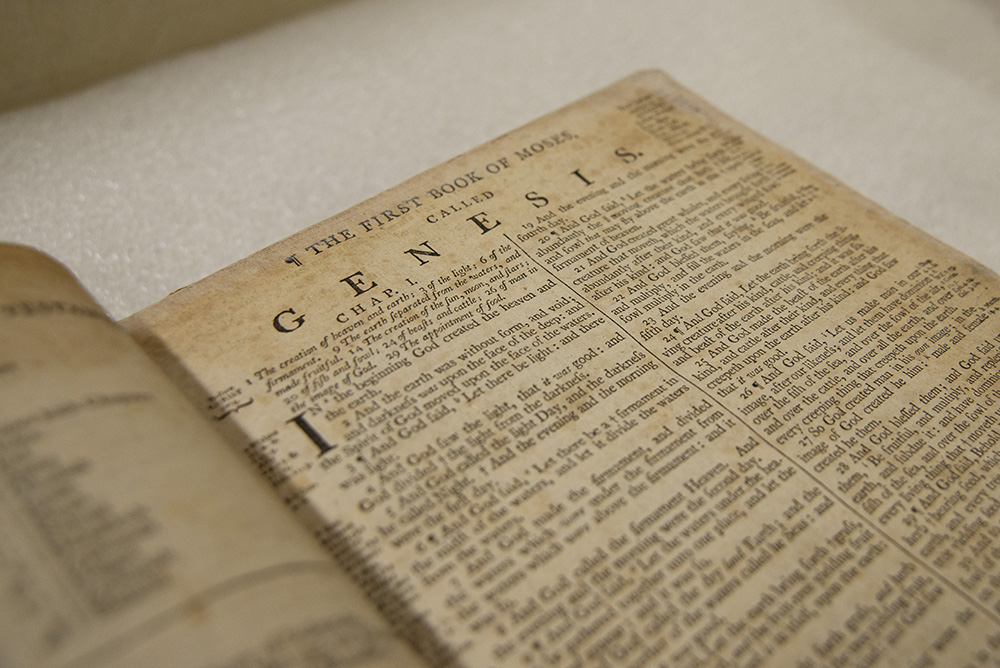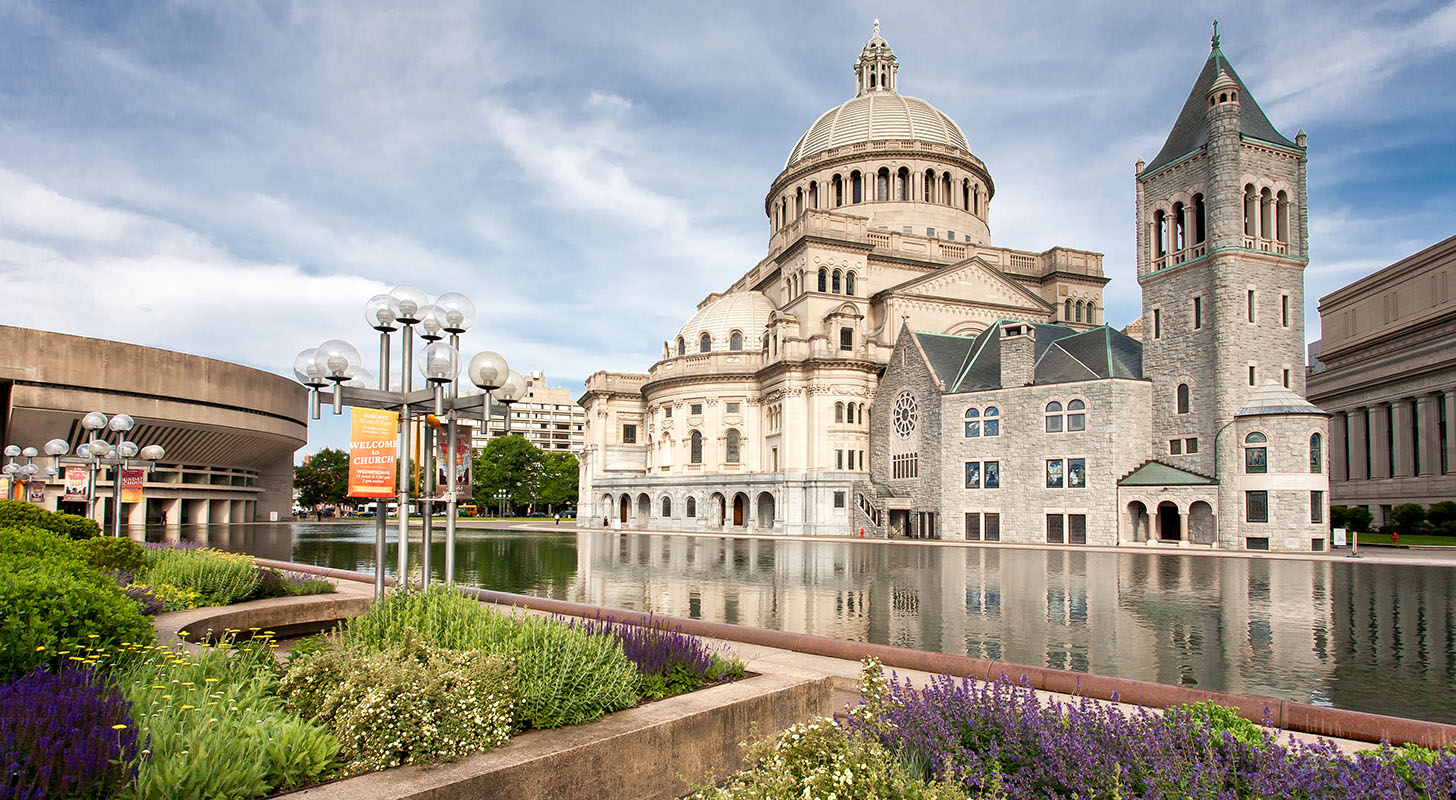Mary Baker Eddy — Deep read
Mary Baker Eddy was an American religious leader widely known as the Discoverer of Christian Science. She is particularly recognized as the author of Science and Health with Key to the Scriptures, the book that explains her system of Christian healing. She founded The Church of Christ, Scientist, which today has branches around the world. She also established The Christian Science Monitor, a respected global news source that has won seven Pulitzer Prizes.
Early life
Born in Bow, New Hampshire, on July 16, 1821, Mary Morse Baker was the youngest child of Mark Baker and Abigail Ambrose Baker. Farm work, prayer, the Bible, and the Congregational church were at the heart of Baker family life. Her schooling was limited by periods of sickness, but she read and studied at home, writing prose and poetry from an early age. The treatments of doctors gave her only temporary relief. Raised in a Christian family, she loved God and cared deeply about other people. But she rebelled against the belief in a cruel God who selected only a very few to go to heaven, while most were condemned to hell.
In December 1843 Mary Baker married a promising young builder, George Washington Glover, and they moved to the Carolinas. He died the following June, three months before the birth of their son, George. Returning north, she found shelter and support in her parents’ home until her mother’s death in 1849. Not long after that, in frail health, she was forced to place George in the care of friends. As a woman, she was not allowed to be the guardian of her own child. This right belonged to her father.


In 1853 she married Daniel Patterson, a dentist, hoping for a stable home for her son. But this did not happen. The marriage had high and low points, but was marked with genuine affection. The Pattersons struggled financially, relocating from rural New Hampshire to Lynn, Massachusetts, outside Boston. (Later, after ten years of separation she would divorce Patterson, because of his adultery and desertion.)
Struggling with ongoing illness and loss, she tried various treatments, from diets to water cure. She studied homeopathy and experimented with unmedicated pellets (now known as placebos), concluding that a patient’s belief played a powerful role in healing. During this time of searching, she continued to find comfort and guidance in the Bible.
In 1862, as the American Civil War raged, she consulted Phineas Quimby, a healer in Portland, Maine, who practiced without drugs. At first her health improved, but she did not remain well. Over the next few years she visited Quimby and talked with him about healing. In time she concluded that his methods depended largely on hypnotic suggestion.
Emergence
A turning point occurred in 1866. A fall on an icy sidewalk in Lynn, Massachusetts, left Mary Patterson with critical injuries. Asking for her Bible, she read one of Jesus’ healings. Deeply inspired, she was suddenly well. She came to mark this experience as her discovery of Christian Science. At this point, she was halfway through her life—and had already reached the average life expectancy for a woman of that time.
Nine years of Bible study, healing, and teaching followed. Poor and on her own, she stayed with friends, or rented rooms where she could think, write, and pray. Her family did not help her. She talked to people about her ideas and sometimes healed them of their ailments and moral failings. She soon started teaching students how to heal as she did.
In 1875 she published Science and Health, explaining her discovery. According to the book, the healings of Jesus were not miracles but based on an understanding of God that readers could gain for themselves. Mary Baker Eddy’s lifelong engagement with the Bible had a profound influence on the development of her ideas.
In 1877 she married one of her students, Asa Gilbert Eddy (c.1832–1882). He gave her strong support as Christian Science slowly grew in New England and beyond. Two years later she and her students started The Church of Christ, Scientist, to “reinstate primitive Christianity and its lost element of healing.” She founded the Massachusetts Metaphysical College in 1880, to teach Christian Science healing. Boston became the headquarters of Christian Science.
As her young movement grew during the decade of the 1880s, Mary Baker Eddy faced strong opposition as an emerging religious leader and thinker. Women could not vote, and very few of them were ministers or doctors. Establishing the Christian Science movement on solid footing required great persistence and effort. The sale of her book helped Eddy escape from poverty.

Portrait of Mary Baker Eddy, 1918. Art by Max Bohm. 1986.141 Art and Artifact Collection.
Later years

Portrait of Mary Baker Eddy, 1951. Art by
Bethuel Moore. 1982.0035 Art and Artifact Collection.
© The Christian Science Board of Directors.
Eddy left Boston for Concord, New Hampshire, in 1889. She bought a farmhouse that she named “Pleasant View.” She was busy and relied on a staff of helpers to support her work. In 1892 she reorganized her church and established the Christian Science Board of Directors to conduct church business. Two years later the first Christian Science church building in Boston—The Mother Church—held its opening service on December 30, 1894. The following year the Church published the first edition of a manual that still governs it today.
She also founded The Christian Science Publishing Society in 1898, which became the home for a variety of church publications. At age 87 she established a newspaper, The Christian Science Monitor, with the object “to injure no man, but to bless all mankind.”
Eddy passed away on December 3, 1910, and is buried at Mt. Auburn Cemetery in Cambridge, Massachusetts. The church was still growing, and Science and Health was undergoing translation into German, the first of many languages to follow. Tributes appeared in newspapers, including this from The Boston Globe: “She did a wonderful—an extraordinary work in the world and there is no doubt that she was a powerful influence for good.”
Writings
Above all else, Eddy was an author. As a young woman she wrote poetry and prose for magazines and newspapers. After discovering Christian Science, she conducted a growing correspondence with thousands of ordinary people, as well as thought-leaders in religion, suffrage, and medicine. Her most important publication was Science and Health. She revised it many times between 1875 and her death. She was also the author of 16 other titles that are still in print today. Learn more about her published writings.

Her church today

Boston, Massachusetts, is the headquarters for The Church of Christ, Scientist, which includes branch churches in 80 countries. Eddy and a small group of students founded it in 1879, but until 15 years later it lacked a permanent home. The Original Mother Church, built in 1894, is at the heart of the Christian Science Plaza. The building is Romanesque in style, made of New Hampshire granite, with stained glass windows depicting events relating to the Bible and Christian Science. The large domed Extension was completed in 1906. It combines elements of Renaissance and Byzantine architecture. Its organ, built by the Aeolian-Skinner Company of Boston, is one of the largest in the world.
Sunday services in all Christian Science churches are centered around weekly Bible Lessons consisting of citations read by two readers from the Bible and Science and Health with Key to the Scriptures. Wednesday testimony meetings include readings from these books that speak to a current issue or need in the community or world; following the readings, the congregation is invited to share their experiences of healing or insights gained from prayer and the study of Christian Science. The church has no ordained clergy, and men and women participate as equals in its activities.
The business of The Church of Christ, Scientist, is transacted by its five-member Board of Directors.
